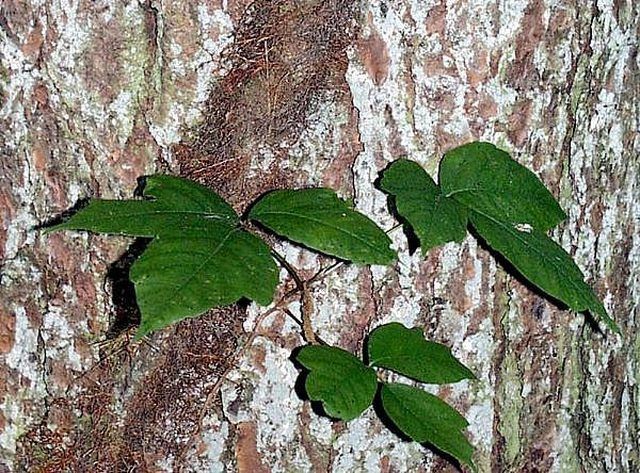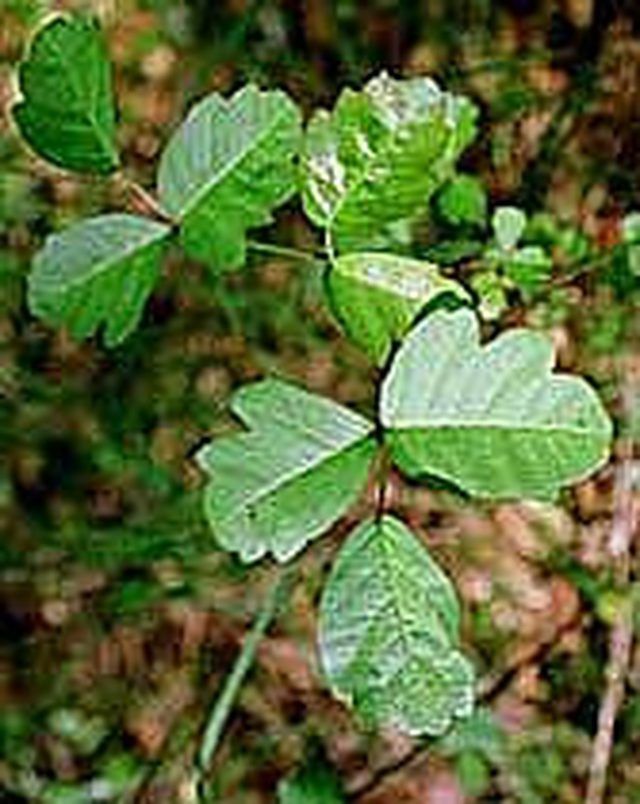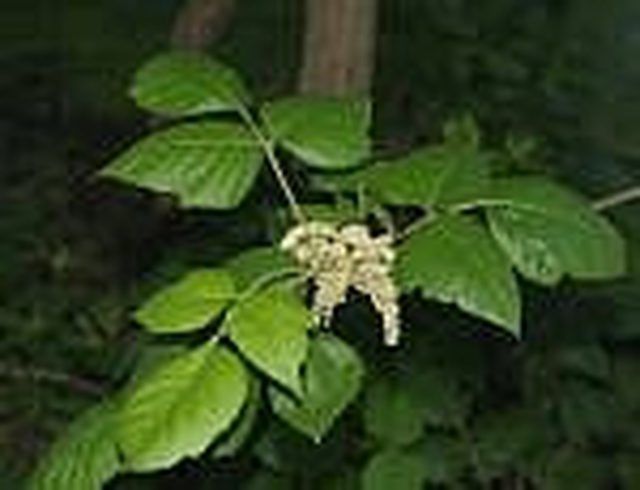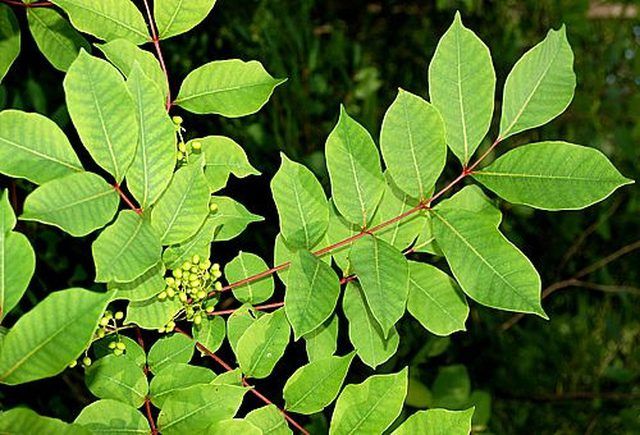Bulbs
Flower Basics
Flower Beds & Specialty Gardens
Flower Garden
Garden Furniture
Garden Gnomes
Garden Seeds
Garden Sheds
Garden Statues
Garden Tools & Supplies
Gardening Basics
Green & Organic
Groundcovers & Vines
Growing Annuals
Growing Basil
Growing Beans
Growing Berries
Growing Blueberries
Growing Cactus
Growing Corn
Growing Cotton
Growing Edibles
Growing Flowers
Growing Garlic
Growing Grapes
Growing Grass
Growing Herbs
Growing Jasmine
Growing Mint
Growing Mushrooms
Orchids
Growing Peanuts
Growing Perennials
Growing Plants
Growing Rosemary
Growing Roses
Growing Strawberries
Growing Sunflowers
Growing Thyme
Growing Tomatoes
Growing Tulips
Growing Vegetables
Herb Basics
Herb Garden
Indoor Growing
Landscaping Basics
Landscaping Patios
Landscaping Plants
Landscaping Shrubs
Landscaping Trees
Landscaping Walks & Pathways
Lawn Basics
Lawn Maintenance
Lawn Mowers
Lawn Ornaments
Lawn Planting
Lawn Tools
Outdoor Growing
Overall Landscape Planning
Pests, Weeds & Problems
Plant Basics
Rock Garden
Rose Garden
Shrubs
Soil
Specialty Gardens
Trees
Vegetable Garden
Yard Maintenance
How to Identify and Avoid Poison Ivy, Oak, and Sumac
How to Identify and Avoid Poison Ivy, Oak, and Sumac. Having an encounter with poison ivy, oak, or sumac can be a terrible experience. The best way to deal with poison ivy, oak, and sumac is to be able to identify them and avoid them.

Having an encounter with poison ivy, oak, or sumac can be a terrible experience. The best way to deal with poison ivy, oak, and sumac is to be able to identify them and avoid them.
The most important step is to learn to identify the leaves of each plant. Poison Ivy can grow on the ground or on vines and has 3 leaves. Typically the leaves on poison ivy are also shiny. Leaves of poison oak look similar to oak tree leaves. And poison sumac grows as shrubs or small trees and has leaves that are veiny with pointed tips. According to some botanists, sumac may be the most toxic plant growing in the US.

Learn to identify the habitats where these poisonous plants proliferate. Poison sumac grows only in flooded or very wet soil, usually around bogs and swamps, in the Eastern US and Canada. Be especially wary of poison ivy and poison oak below elevations of 5,000 feet in moist areas and woods without much sunlight exposure. If you are allergic to poison ivy, oak, or sumac try to avoid these types of areas.

If you have to go into the woods or another area that is a likely habitate for one of these poisonous plants, wear protective clothing. This includes long pants, long-sleeved shirt, socks, and boots. No flip-flops! And wear gloves if you're doing any type of yardwork.

Make sure you apply an outdoor armor lotion to any exposed areas of skin before you head outside. There is a link to all-terrain outdoor armor lotion in the resources section below.
Immediately upon returning inside, wash yourself immediately. Take a shower. If you think an area of skin was exposed to any poison ivy, oak, or sumac, there are special soaps you can get to help get rid of the urushiol. Urushiol is the oily resin that makes these plants poisonous and irritating to skin. There are links for soap in the resources section below.

Wash any clothes you were wearing while possibly coming into contact with poison ivy, oak, or sumac.